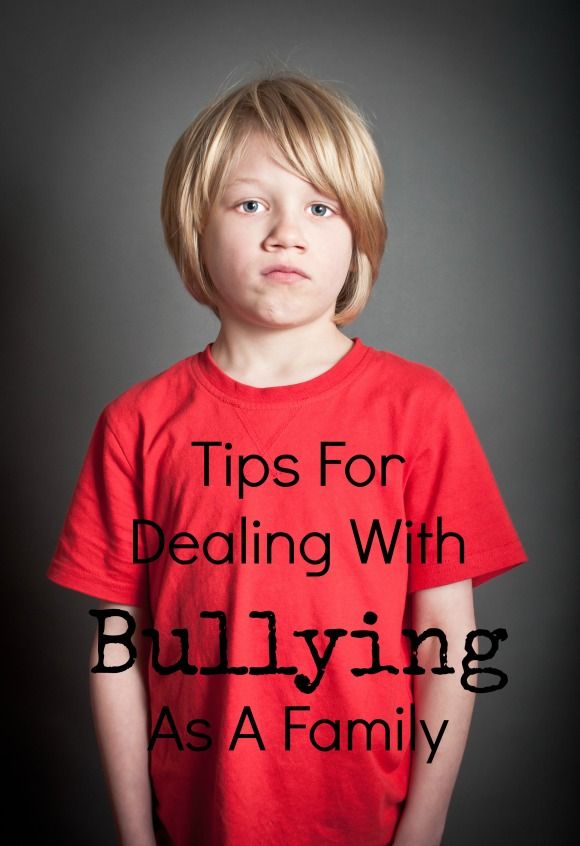TALKING WITH YOUR KIDS AND HELPING THEM DEAL WITH BULLIES
The time changed last night – turned back one hour. Eastern Standard Time (EST) switches from Extended Daylight Savings Time (EDT) at 2:00 a.m. on the first Sunday in November.
It has long been held as the time to change the batteries in your smoke alarms; always a good practice. It also marks the end of Bully Prevention Month. Realistically, it can be used as a reminder for preparing and checking on many things and a great opportunity for straight talk with your kids about bullying.
More than one in four children say they have experienced being bullied. Less than a third of those children ever report it to an adult. Couple those stats with 85% of the time bystanders do not involve themselves in a bully situation where they could help the victim and we’re left to wonder how to know if our kid is having a problem.
Taking the time to talk with your kids lets them know you care and are concerned about what they experience every day in school. It also makes it more likely that if they have a problem, they will tell a trusted adult in order to get help.
Ask them active questions like “Whom did you play with today?” or “What did you do at recess?” or, if you are in-tune with playground activity, you might ask “Are you playing touch football (or whatever game) today?” – “How did you do?”
The idea is that kids will use emotional language to describe what they did and how they feel about the activity. It will also show how they interacted with peers. The bottom-line is that parents can gain greater insight into what their kids are experiencing socially at school.
Bullying puts a heavy load on the victim. Often times the hurt and psychological fraying of self-esteem will cause kids to not want to talk about the day’s activity. Signs of bullying can take many forms and parents need to be aware of classic ones.
- Avoiding time spent with other kids
- A change in school performance – failing grades (remember report card time checks)
- Physical problems – difficulty sleeping; stomachaches or headaches; loss of appetite
- Damaged clothing or belongings or missing possessions
- Loss of temper and destructive behaviors
If you see these behaviors or suspect a problem share some stories with your child about your own experiences with difficult people and situations. Encourage the importance of telling a trusted adult about them. All schools are required to have a written policy about how they handle bullying. Check your district websites and, visit with your child’s teacher and administrators.
Be aware that bullying is defined by an imbalance of power that happens repeatedly over time. In order to stop it, instances that fit the pattern must be documented. Both you and your child must be aware and prepared to do whatever is necessary to stop the bully behavior.
Some basics are always good to know and can easily be practiced, so that your child can better handle a situation safely and on their own without physical violence. Share these with your child.
- Say “NO” forcefully and loudly enough to get attention.
- Take a strong posture; deep breath and puff yourself up.
- Keep your hands up but opened, like you are motioning “STOP”.
- Keep your focus on the bully – head-up and eyes on them.
These basics are non-aggressive, perceived as defensive; and can get help for a victim, as well as cause the bully to rethink their action. In every instance, the situation MUST be reported and documented.
Kids also need to understand that the school has rules and to avoid fighting. The vast majority of kids do not want to get into trouble, so they follow those rules and will not physically protect themselves. Many will take the physical abuse to “obey” the rules. That further empowers the bully.
It is up to you to tell your child when and if they should protect themselves from physical harm and what is reasonable behavior that you will support. They need to understand that you do not want them to be physically harmed.
Take the time to assure your child is prepared to prevent bullying and to protect themselves according to the rules; those that provide safety and assure your child’s physical wellness. Times change but some things don’t . . . Bully prevention; it depends on kids, teachers, administrators, parents, and the community working in partnership.



